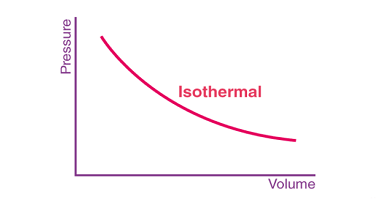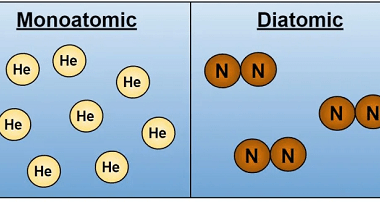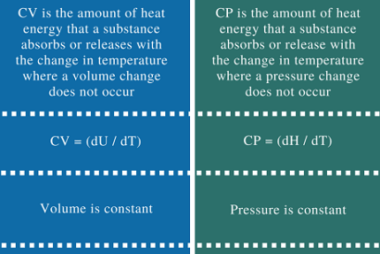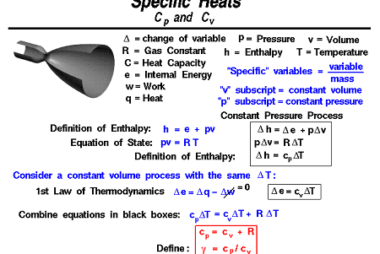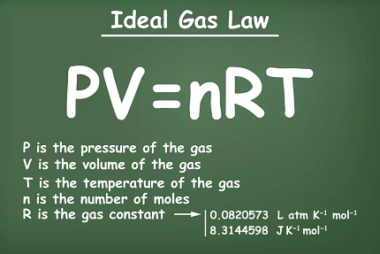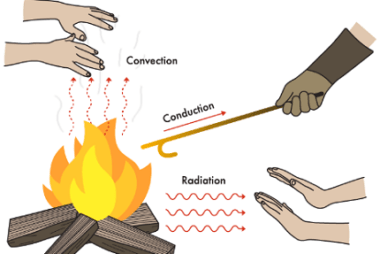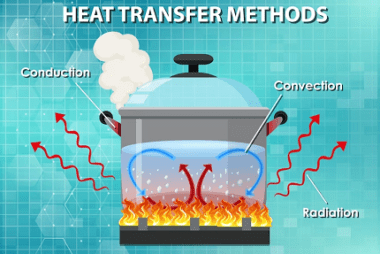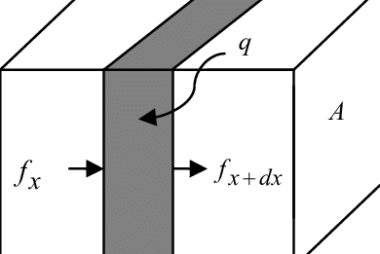Equivalence of Heat and Work
The equivalence of heat and work is known as the first law of thermodynamics, which states that energy cannot be created or destroyed, but it can be transformed from one form to another. Heat and work are two forms of energy that can be converted into each other. When a system undergoes a change, the…


